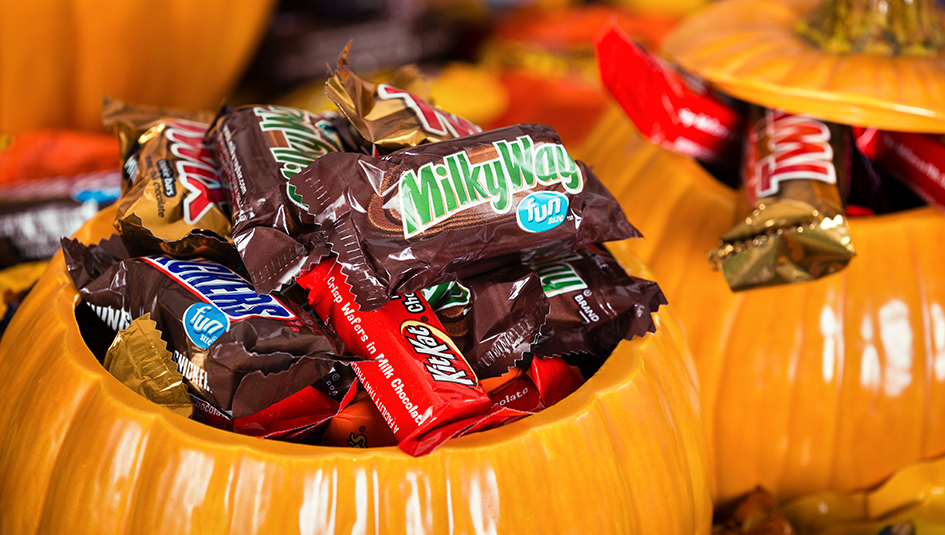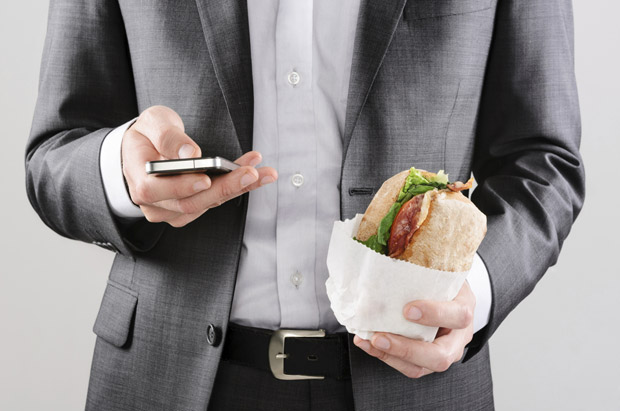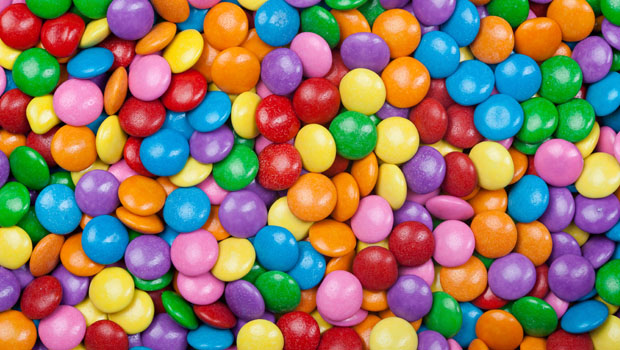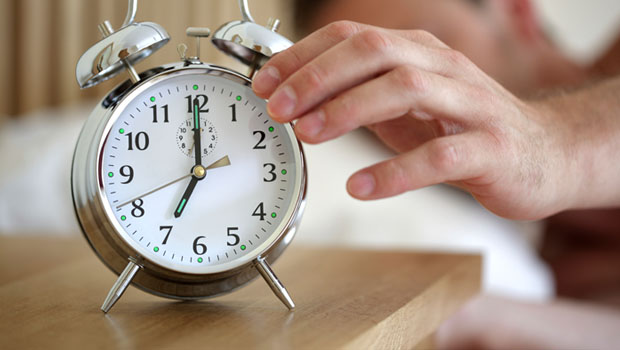Halloween Musings on Fun-Sized Candies
Believe it or not, the Oxford English Dictionary, the undisputed authority of all that is civilized in written communication, doesn’t have an entry for “fun size”. But it allows that there is a North American English adjective, “fun-size or fun-sized”, which denotes something of “smaller than the regular or usual size”. The example given is “fun-size chocolate bars”. Turning, then, to the backup authority, the Urban Dictionary, I discovered that the definitions for fun size, as a noun or an adjective, are mostly salacious, befitting, let’s say, a conversation unexpectedly caught by live microphone in a bus idling outside a television studio.

Doing more research, I learned that the mathematical correlation of Candy Size-to-Enjoyability has been studied and graphed, as shown in the image above. Yet, there appears to be no controlling authority or confectioners’ industry standard for dimension, density, specific gravity, or displacement to qualify a candy product as “fun sized”, or even if a dash must be involved in writing it. The standards are not as clear cut as, for example, an industry designation like “Laboratory Edition Signature Series torque wrench, the kind used by Caltech high energy physicists. And NASA engineers.” The Food and Drug Administration, which should know all about this stuff, has yet to engage in rulemaking on it.
Fun-sized candies are around all year in stores, but it’s in the Halloween shopping crunch when they appear in mass quantities. There’s no hard evidence I can discover that the earliest candy makers to develop a product smaller than regular but bigger than mini were in a cabal to mislead or confuse consumers; no conspiracy theory attaches to the development, marketing, and commercial distribution of fun size candy.
[adrotate banner=”36″]
What’s at issue with the size of fun-sized is our frenemy the carbohydrate, the nemesis of glycemic control. It needs no further argument to dispel the fallacy that popping two or three or four Fun Size Snickers [21 grams of carbohydrate and 17 grams of sugars for two] or a half handful of Reese’s Miniatures [26 grams of carbohydrate and 23 grams of sugars for five] instead of one of the full-sized version is the smart move. And it’s been reliably demonstrated that nibbling on a lot of small sweets can trigger craving for more, without the feeling of satiety likely to follow the comparatively disciplined consumption of one full-sized treat.
One simple approach is to check out the outer package nutrition information label, as you probably won’t find it on the fun size wrapper; it clearly describes what and how much of it your children, or you, are going to be taking in with each treat. Or, Google up the manufacturer’s website, surf to the product information, and look for the nutritional data.
[adrotate banner=”41″]
A final strategy is to check out the American Diabetes Association’s 2010 listing of popular brands of Halloween candy and their serving sizes. Just keep in mind that products change over time. In 2010, there was no such thing as a caramel apple Milky Way. It will be up to future historians to determine if the world was better for its absence.
Happy Halloween.
Want more news on Type 2 diabetes? Subscribe to our newsletter here.





